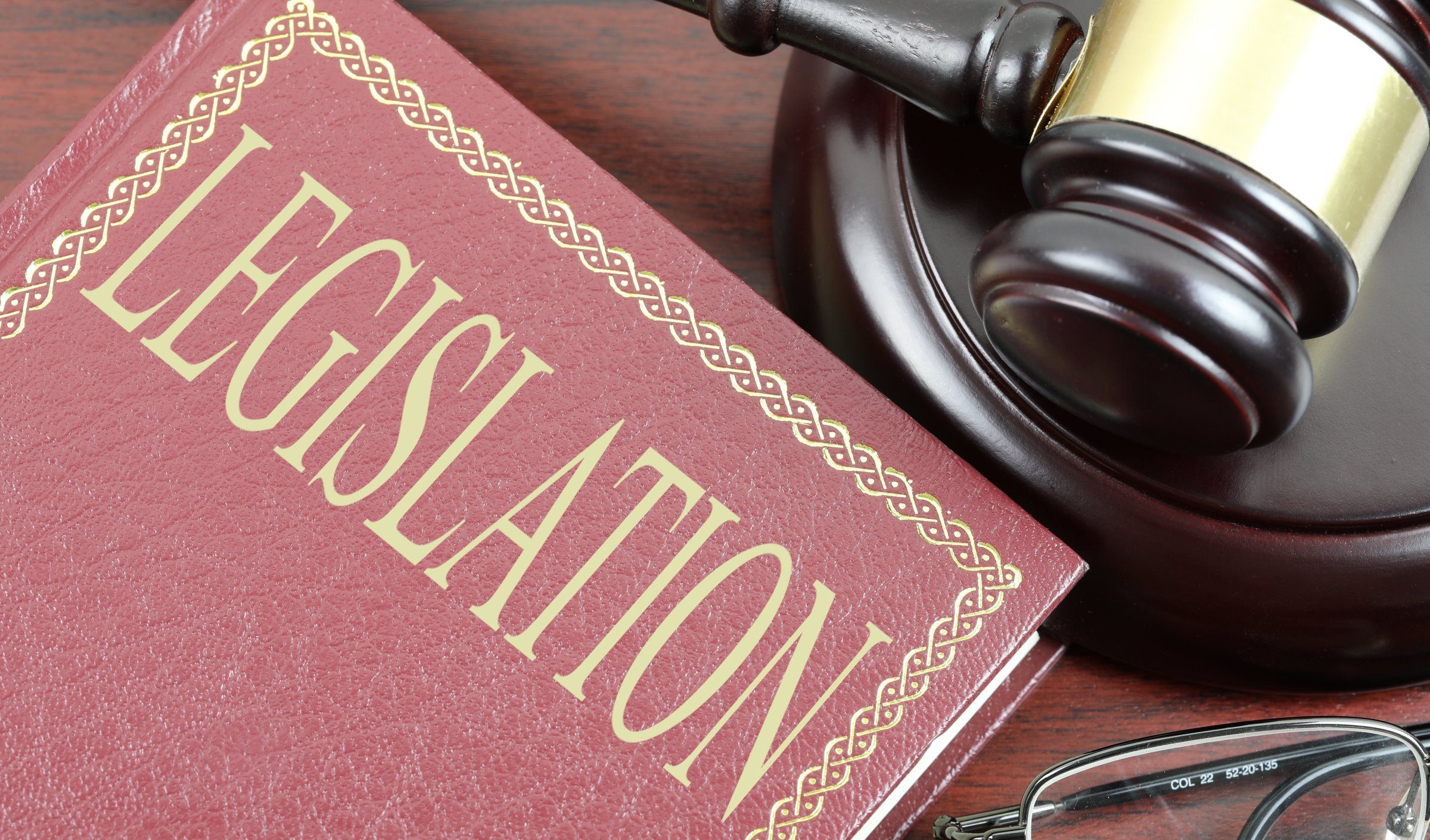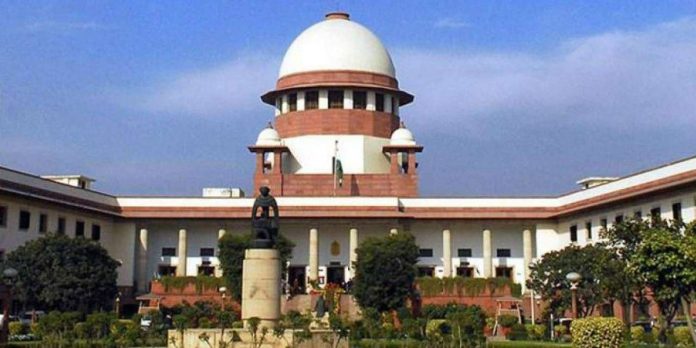- The Indian newspapers are agog about the huge backlog of litigations mounting by the day depriving millions of citizens of relief and peace of mind to lead normal lives. Of course, the blame game between the three arms of the Constitution viz. legislation, executive, and judiciary for the present state of affairs is too well known. However, what the common citizens desperately seek is for timely addressal of an irksome and painfully prolonged wait for justice delivery stretching years on. Thus, it made for an interesting reading during the recently organized conference of Chief Justices of High Courts on the subject matter chaired by the Chief Justice of India.

PC: Hasa
- Especially the observations delineated so eruditely by the CJI NV Ramana. With the Prime Minister and state chief ministers in attendance, CJI laid down what was nothing less than a manifesto on good governance practices to mitigate the judiciary’s pendency crisis. In no uncertain terms, CJI Ramana succeeded in demonstrating that the government as the largest litigant has to clean up its act first. The learned justice proceeded bottom-up from panchayat and civic bodies to tehsildars and other revenue officials, from policing at thanas to service laws that trigger disputes over postings and transfers, to signal how non-performance and lack of adherence to constitutional due process kick off copious litigation.
- Once this was communicated, the CJI proceeded to the upper tier of governance as well. Most interestingly but staying relevant, the CJI’s list of lapses was long: hasty enactment of laws by legislatures, often done without discussion, frivolous litigation by various government departments, deliberate inaction by governments on implementing judicial pronouncements, transferring the burden of decision-making to courts, slow process of judicial appointments, and lag in up-gradation of judicial infrastructure. Remember, top politicians of the country who govern at the Centre and in states and who return from the conference with judges to their offices have a constitutional responsibility to set right this drift expeditiously.

PC: Journals of India
- Mind you, judges’ primary responsibility is to only interpret the law, for everything else pertaining to governance, the Constitution empowers the political executive and the bureaucracy, which is the permanent executive, to make laws, frame procedures, and loosen purse strings. Further, the CJI’s remark that land disputes account for 66% of pendency offers governments a focus area to the extent that clearer policies can solve some of these disputes. Also, governments must address the fear of prosecution that haunts officers and decision-making at all levels, one of the reasons administrators find it safer to go to court than settle a dispute quickly.
- Yes, badly conceived laws criminalizing liquor and marijuana consumption, dissent, teenage, sexuality, corruption, interfaith marriages, or increased compliance burdens on businesses and the countless politically motivated cases have burdened the judicial delivery system. Add to the mix the lack of appointment of an adequate number of judges at all levels, the malice bogging the justice delivery system becomes obvious. All the three arms of the Constitution should collectively address these mitigating factors to ensure common citizens are provided timely relief/adjudication.






